There is something about visiting Africa’s last remote and unspoilt tracts of pure wilderness. One such place is the Linyanti Reserve, to the north-east of the Okavango Delta, on the border of Namibia, where I was fortunate to help conduct biodiversity surveys recently.
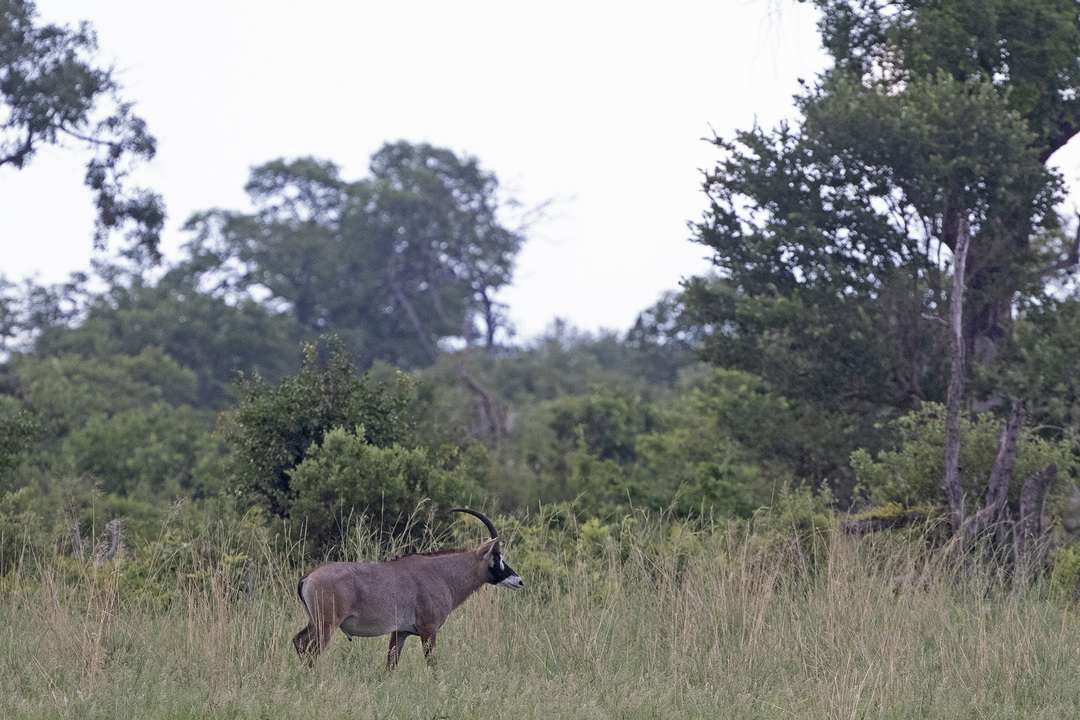
There is also something to be said for visiting such wilderness in differing seasons too. A unique stimuli meets the eye on any summer visit to the Linyanti, which received some well-needed rains in January. Grass cover was luxuriant and recovering from the recent drought, trees have sprouted new greenery and the landscape was carpeted in various floral blooms. The skies were alive with thousands of wheeling migrant birds like barn swallows, common swift, southern carmine bee-eaters and raptors from yellow-billed kite to lesser spotted eagle. Emerging termites provided a very abundant food source too for birds and mammals like dwarf mongoose alike. The green landscape was also complemented by beautiful, cloud-filled, skies which added another dimension to this visual splendour. It was also a period of rejuvenation with a distinct freshness in the air.
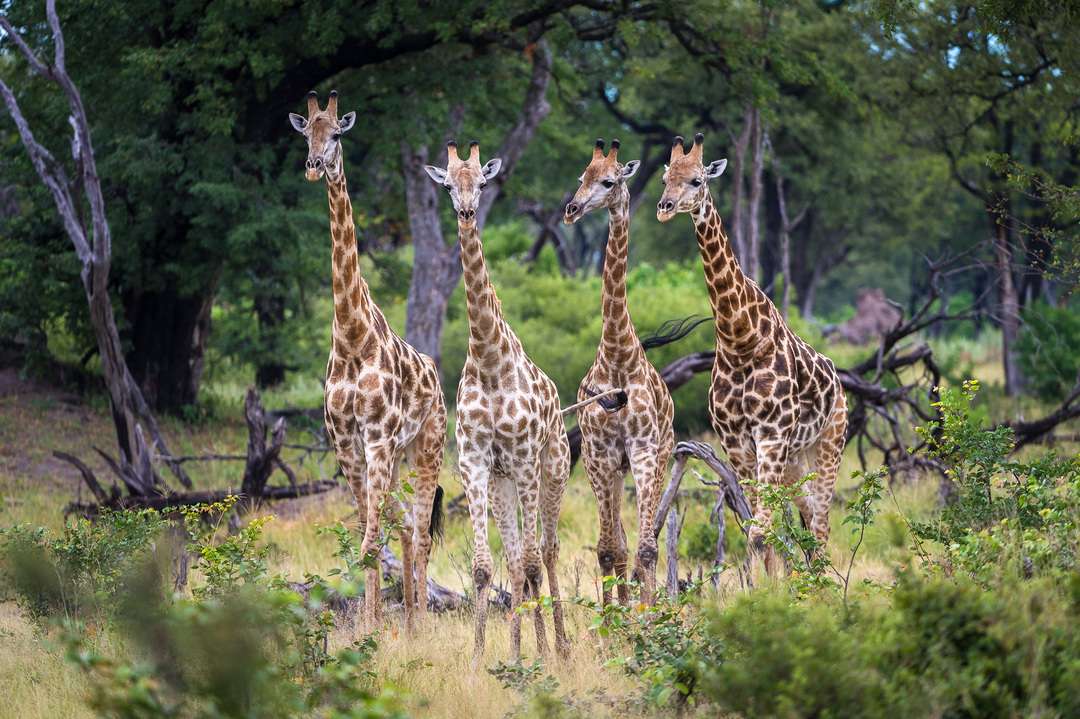
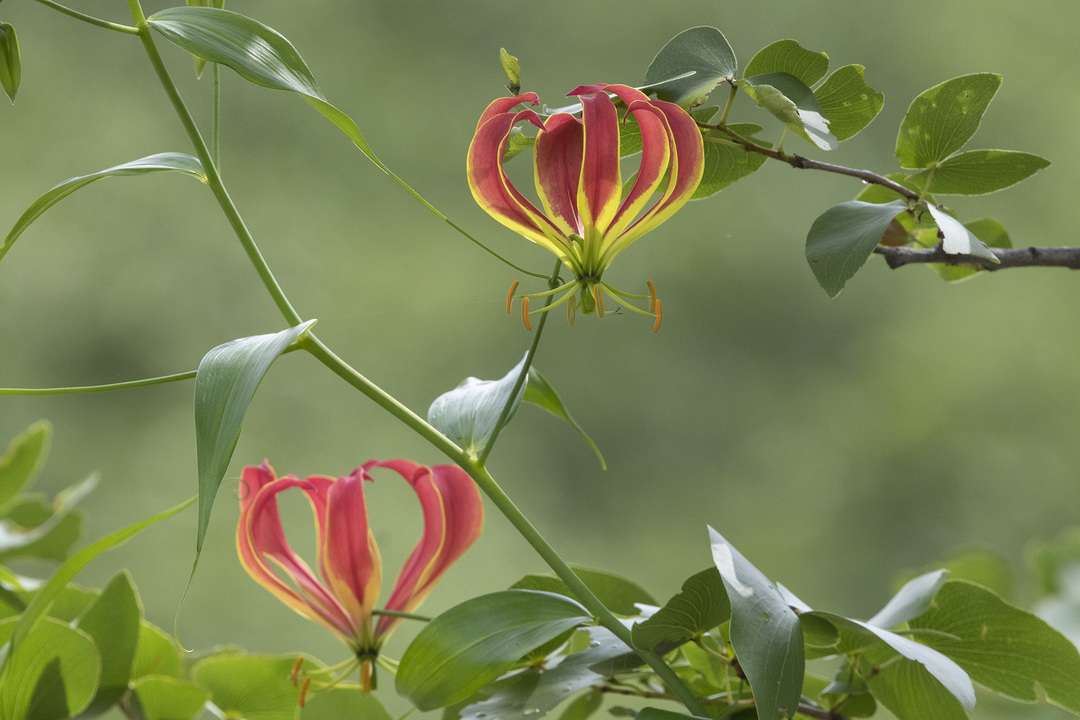
What makes the Linyanti unique for me is the many varied habitats here – marshes and waterways, riverine woodland, Kalahari apple-leaf and cathedral-like mopane woodlands as well as grasslands. The border between Namibia and Botswana is formed by a river system that is variously known as the Kwando, the Linyanti or the Chobe, depending on location. Like the Okavango, the Kwando rises in the Angolan highlands and is subject to the same seasonal pulses. The course of the river is also affected by fault lines, but in the case of the Kwando, the Linyanti Fault does not cause the formation of an inland delta, but rather a dramatic and obvious change in direction of the water flow. Instead of continuing along its southern journey, the Kwando turns east at almost a 90° angle and transforms into the Linyanti River. This clear shift is very visible from the air and the stark contrast between the wetlands and swamps associated with the waters of the Linyanti and Kwando and the dense riverine and dry mopane woodland to the south is very apparent. The almost imperceptible rise in the level of the ground by the Linyanti Fault is the cause of the formation of another distinctive feature of the area too – that of the Savute Channel.
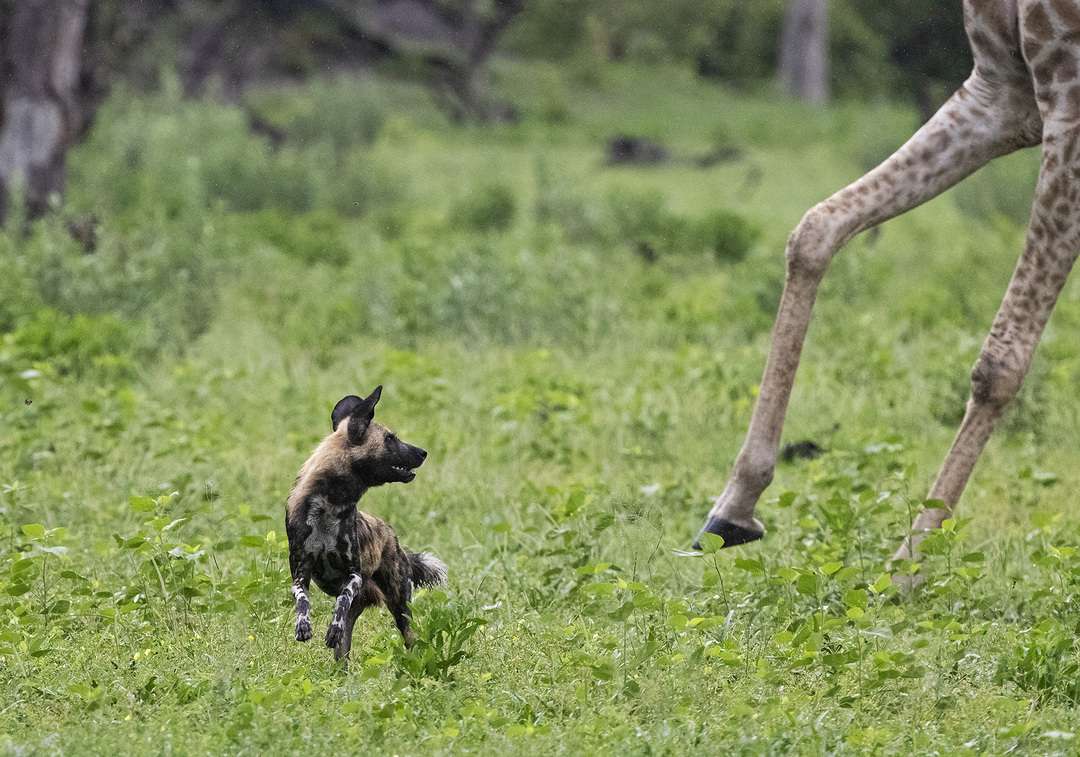
While our biodiversity surveys were bird focussed, we also got to see numerous mammals. Red lechwe, reedbuck, kudu, zebra, impala and giraffe were an almost daily sighting as were elephant. The latter seemed less stressed than in winter, with more forage and water around. Linyanti antelope specialists such as roan and sable antelope were also seen, both being exciting finds for me. A great morning was enjoyed with the Zib wild dog pack and it was remarkable to see that all of their 14 pups have survived to date. We did not go actively searching for the dogs either – they bumped into us, causing much chaos amongst impala and giraffe as they passed through the area around Livingstone’s Crossing. A real highlight was travelling west along the Savute Channel to Zibadianja Lagoon from Savuti Camp. The channel had water in many parts and was teeming with birds, pods of hippo and the grassland fringe along the channel being favoured habitat for red lechwe, impala, baboon, reedbuck and waterbuck. This wide variety of herbivores use this corridor as a valuable feeding ground in the surrounding woodland. The Savute’s grassy expanse is a favoured hunting ground for wild dog and for Kori bustard which was also spotted.
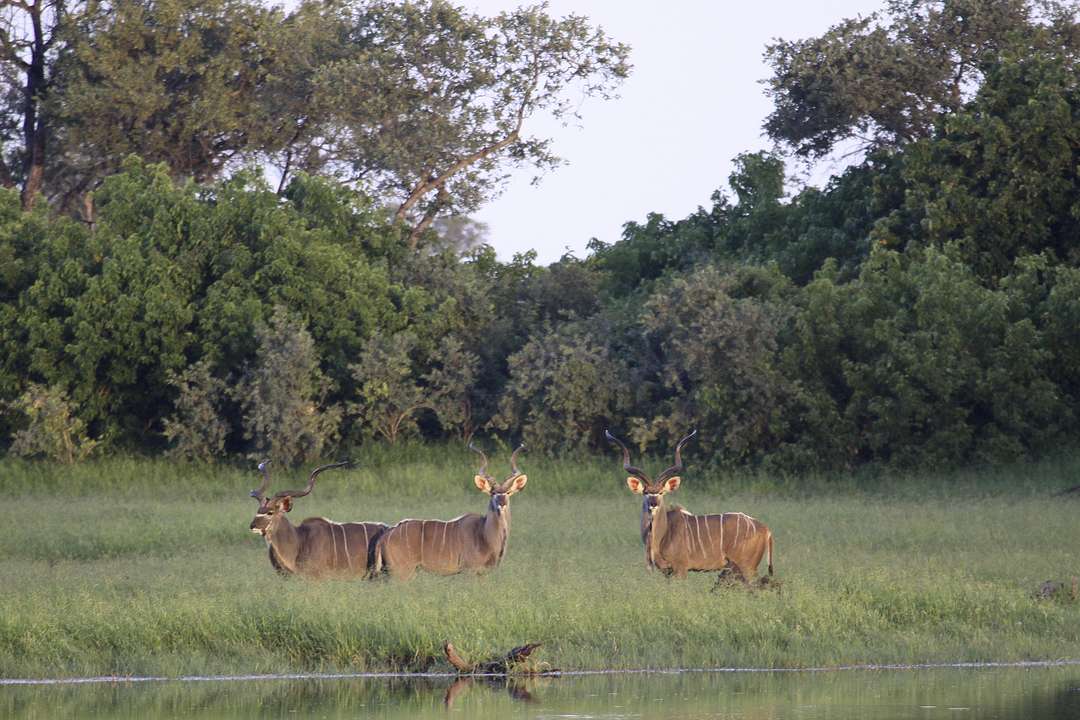
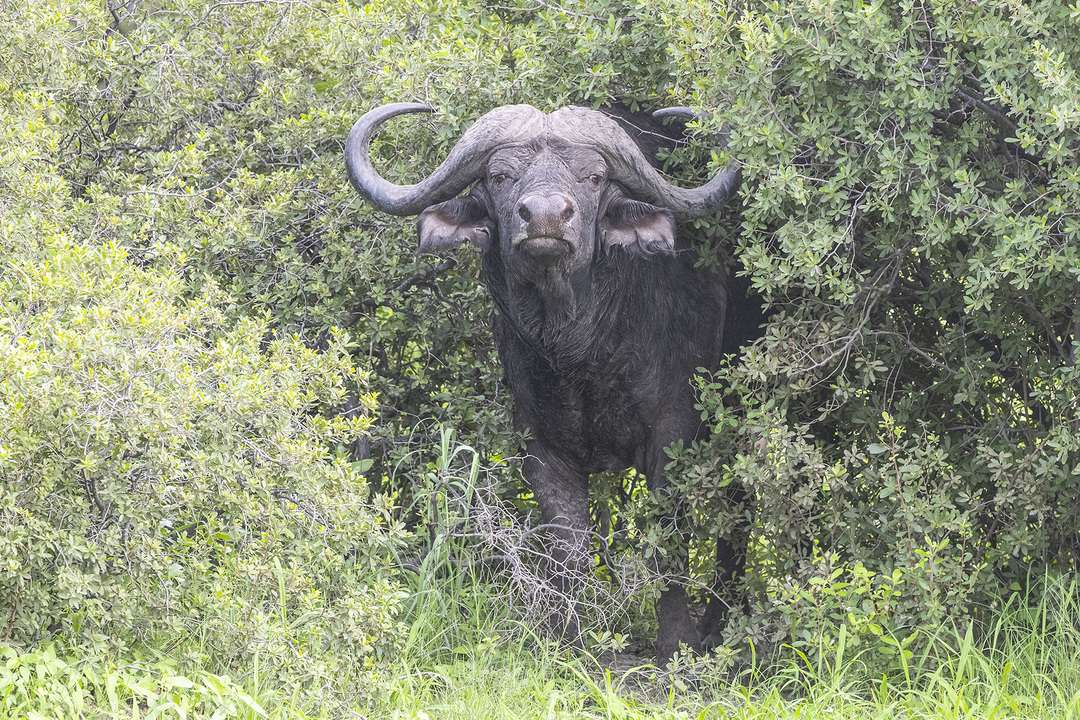
The flat expanse of land combined with fault lines has led to another unusual water course – the Selinda Spillway. This channel links the Okavango and Linyanti systems and in years of exceptional flooding provides a channel through which the waters of each system are exchanged. Like the Savute Channel, its source in the north-east is the Zibadianja Lagoon where the waters of the Kwando become those of the Linyanti. From here it extends west-south-west, a band of gently meandering riverine woodland flanking the Spillway, before it reaches the Okavango.
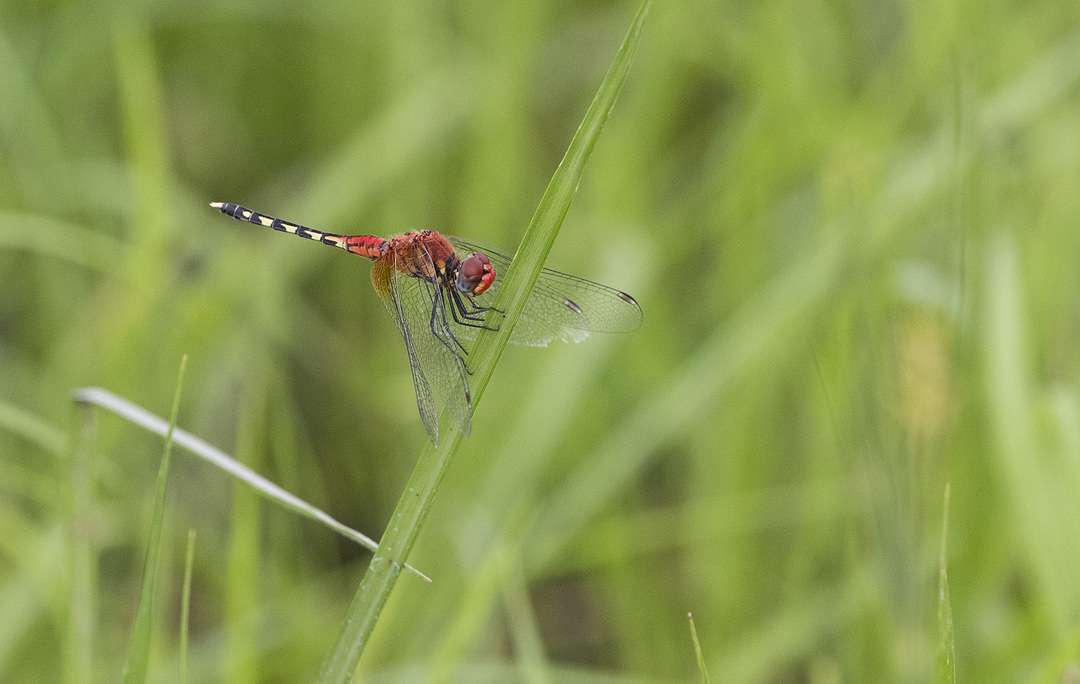
The 125,000 hectare Linyanti Reserve also ensures the continued protection of a section of Kavango-Zambezi Transfrontier (KAZA) Conservation Area, an area that is thus pivotal for the conservation of the greater populations of elephant in particular, as well as wild dog and other species like roan antelope. Owing its sheer size, with only a limited number of camps, the Linyanti Reserve also ensures an unrivalled atmosphere of remoteness. Visiting in summer reveals a very different window into what this area offers.
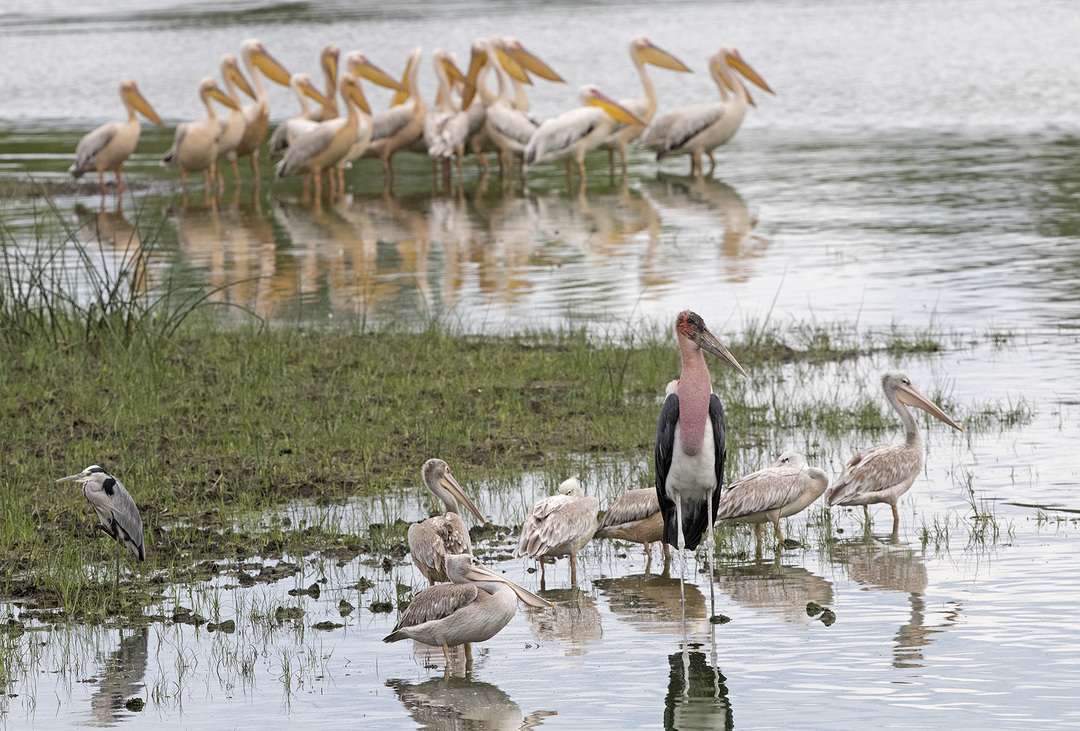
The upgrading of DumaTau to a premier camp, as well as the construction of the exciting Little DumaTau as an all-new iconic location in the Linyanti is on track to open in August. Read more about the two camps here .

Let’s plan your next journey
Ready?
When we say we’re there every step of the way, we mean it, literally. From planning the perfect circuit, to private inter-camp transfers on Wilderness Air, and easing you through Customs. We’re with you on the ground, at your side, 24-7, from start to finish. Ready to take the road less travelled? Contact our Travel Designers to plan an unforgettable journey.